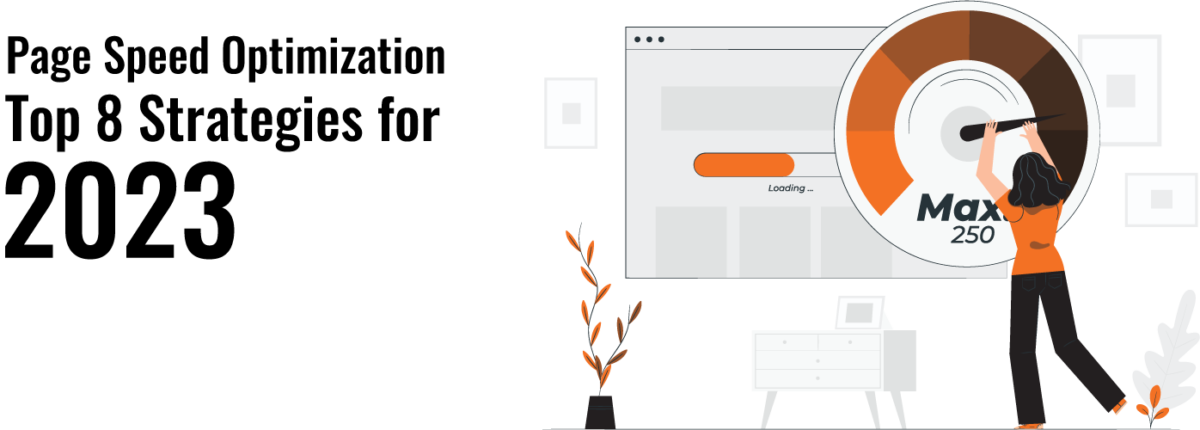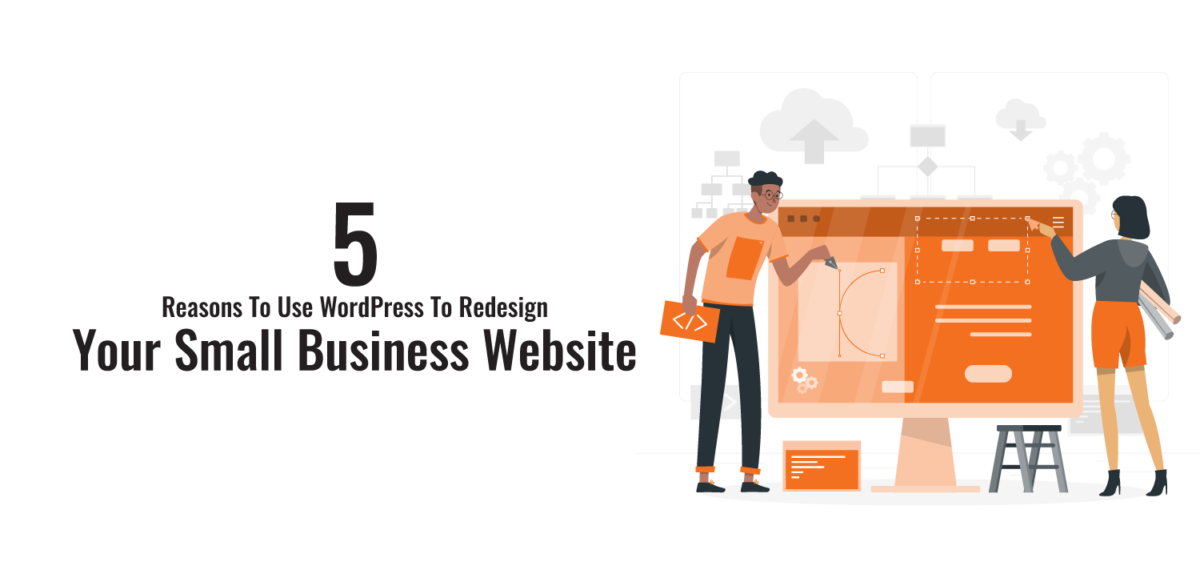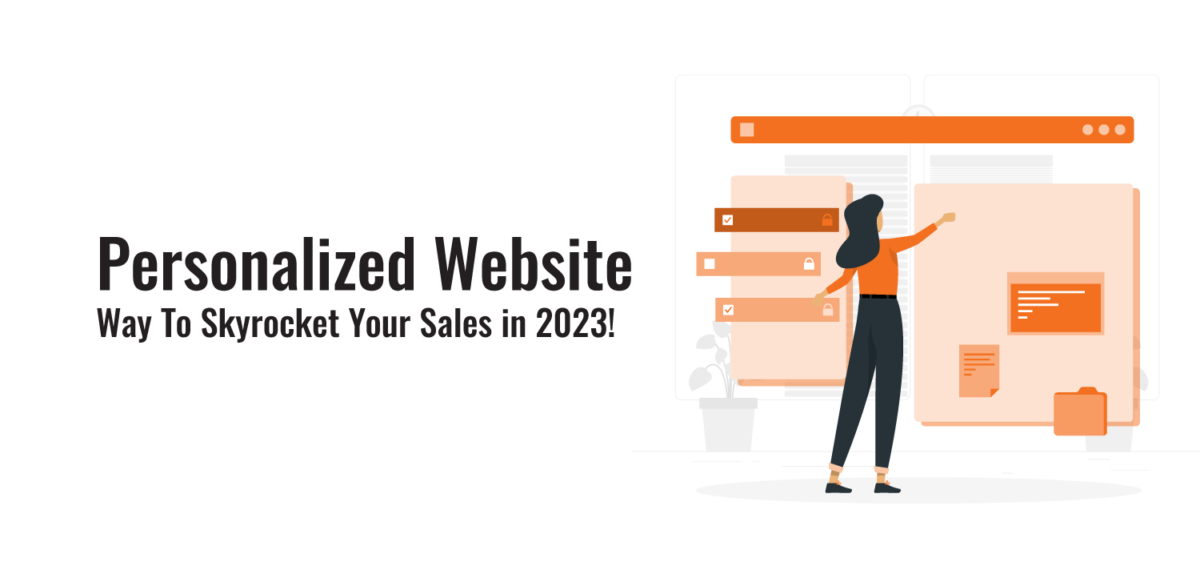Is it true that Page Speed Matters plays a major role in increasing the conversion rate?
Yes, make a major difference – beyond your imagination
Research shows that websites increase their conversion rate by 100% after page speed optimization. Get ready! to load your website within two seconds and enjoy a revolutionary change to lift your revenue and business growth with Virtuenetz. Let’s learn the importance of speed optimization, and the surprise is here.
Table of Contents
Significant Effect of Slow-Speed Website
You know what? When someone visits your website to order demanding services/products and stock in the website loading error, visitors quickly close the window and never visit again. Moreover, most people share their bad experiences of website performance with their friends and family.
Long story short – one visitor can make five more visitors with admirable website performance. Moreover, at the same time, one bad experience may become a reason to lose numerous leads. Hence, Quickly consult with the best page speed optimization service to solve the intricate problem of Page Speed Matters. Undoubtedly, the website’s slow speed causes the loss of mature leads and becomes a big hurdle for the new upcoming audience.
“Around 40% of people share their bad loading website issues with their friends and family” Are you on the list of those websites? If yes then let’s get out of it. Quick solutions!
Cutting-edge optimization Strategies for Page Speed Optimization
As we embark on the journey through 2023, businesses and web admins must stay ahead of the curve by implementing cutting-edge page speed optimization strategies. Luckily, discover how you can unlock lightning-fast performance and captivate your audience with the following game-changing techniques:
1. Embrace the Power of Core Web Vitals:
User experience reigns supreme, and search engines prioritize it more than ever. Core Web Vitals, a set of critical metrics that assess page performance, have become crucial for ranking and user satisfaction.
Moreover, Dive into the world of the Largest Contentful Paint (LCP), First Input Delay (FID), and Cumulative Layout Shift (CLS). In Addition, mastering these metrics will boost your search engine rankings and leave a lasting impression on your visitors.
2. Optimize and Compress Images:
Let us explain how to optimize images for page speed. A picture is worth a thousand words but shouldn’t cost your website precious loading time. In Addition, High-resolution images often weigh down your page and increase loading times.
Hence, Embrace image optimization techniques like compression, lazy loading, and next-gen formats like WebP to strike a perfect balance between visual appeal and blazing-fast load times.
3. Leverage Browser Caching:
Why load the same resources over and over again? Enable browser caching to store static website elements, like images, CSS files, and JavaScript, in a visitor’s browser.
Fortunately, instructing browsers to cache these elements dramatically reduces the time it takes to load subsequent pages, resulting in snappy experiences for your users and improving your Google page speed optimization.
4. Unleash the Power of Content Delivery Networks (CDNs):
With a global audience, your website needs to traverse geographical barriers effortlessly. Enter Content Delivery Networks. Moreover, by leveraging CDNs, your website’s content is distributed across multiple servers worldwide, allowing visitors to access it from the nearest server.
Additionally, reduced latency and faster content delivery can transform the user experience, making it impossible for your audience to look away.
5. Prioritize Mobile-First Design:
Mobile devices dominate the digital landscape, with users increasingly accessing the web through smartphones and tablets. Hence, To win in 2023, prioritize mobile-first design principles. Optimize your website for smaller screens, reduce unnecessary elements, and leverage responsive design techniques.
Fortunately, By crafting an exceptional mobile experience, you’ll capture the attention of mobile users and improve your overall page speed.
6. Streamline Your Code:
Messy, bloated code can significantly hinder your website’s performance. Optimize your HTML, CSS, and JavaScript code to reduce file sizes and improve execution speed. In Addition, Minimize your code, remove unnecessary comments and whitespace, and combine external files to minimize server requests.
Therefore, These simple yet powerful techniques can work wonders for your website’s loading time.
7. Embrace Asynchronous Loading:
Don’t let slower elements hold your website hostage. By implementing asynchronous loading techniques, you can ensure that non-essential elements, such as social media widgets or tracking scripts, do not hinder the critical rendering path.
Fortunately, It’s better if you Load them separately and let your page load independently, captivating your users from the moment they arrive.
8. Regularly Monitor and Test:
Optimization is ongoing, and staying vigilant is critical to maintaining your website’s peak performance. Moreover, here are the best page speed optimization plugins in WordPress. Hence, Regularly monitor your page speed using tools like Google PageSpeed Insights or GTmetrix.
Moreover, Conduct comprehensive tests, analyze results, and identify areas for improvement. Elementor page speed optimization is also improved with these strategies. Finally, By continuously optimizing, you’ll keep your website at the forefront of speed and user experience.
At Last, As we venture into 2023, the race for lightning-fast page speed has never been more critical. Hence, Implement these innovative strategies, and watch as your website captivates users with its blazing performance.
Additionally, Stay ahead of the competition, earn higher search engine rankings, and leave a lasting impression on your visitors. The era of instantaneous online experiences is here, and it’s time to seize the opportunity.
What’s an ideal Website Load time?
Are you interested to know Google’s secrets? According to statistics, around 60% of mobile visitors close their tab within a 1.65 -second website loading wait. Pretty sure! Now optimize your website speed at 2 seconds.
FAQ’s
Q1. How do I optimize my page speed?
A: Boost your page speed by minimizing file sizes, leveraging browser caching, and optimizing images. In Addition, Implementing a content delivery network (CDN) and reducing server response time can significantly enhance your website’s loading speed.
Q2. What is the meaning of page speed optimization?
A: Page speed optimization refers to improving the loading time of your web pages. Moreover, It involves various techniques like code optimization, caching, compression, and resource minification to ensure faster loading, enhanced user experience, and higher search engine rankings.
Q3. What are the benefits of WordPress page speed optimization?
A: WordPress Page speed optimization leads to reduced bounce rates, increased user engagement, improved conversion rates, and higher organic search rankings. Additionally, It enhances user satisfaction, boosts website performance, and ultimately drives more traffic and revenue to your online business.
Q4. How do I get 100% page speed?
A: Achieving a perfect 100% page speed score is challenging but possible. Start by optimizing images, minifying CSS and JavaScript files, enabling browser caching, and leveraging server-level caching.
Additionally, consider using a reliable hosting provider, implementing a CDN, and eliminating render-blocking resources to maximize your chances of attaining near-perfect page speed.

 ?>
?>
 ?>
?>
 ?>
?>
 ?>
?>